It has been over a year since Intel announced its Optane wind-down. Without that new storage-class-memory SSD on the market, there is now a hole in the high-end SSD space for drives that can handle consistent heavy writes. Today, we are going to look at the DapuStor Xlenstor2 X2900P, an 800GB SSD that uses SLC NAND to achieve a whopping 100 drive writes per day (DWPD) of endurance and consistent performance.
DapuStor Xlenstor2 X2900P 800GB Overview
The DapuStor Xlenstor2 X2900P arrived in its top-end form, an 800GB PCIe Gen4 NVMe SSD in a 2.5″ form factor.
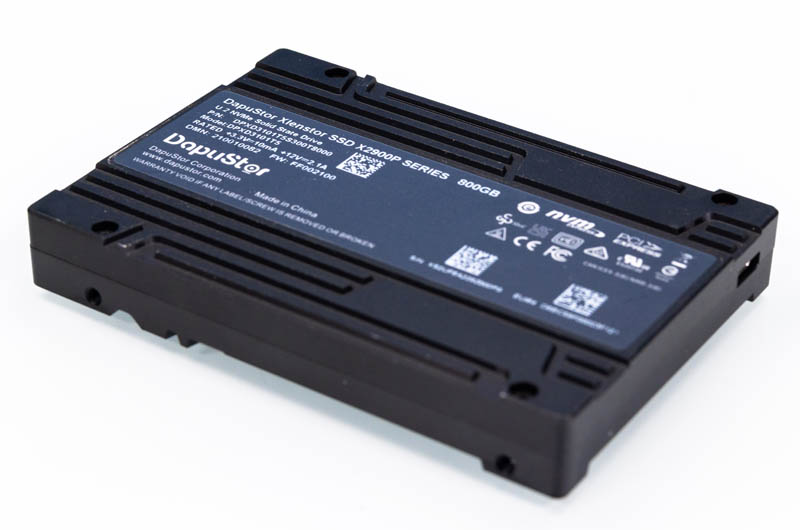
Something one will notice immediately with this drive is the look. It is a black metal chassis with a black and white label and large heatsink fins on it. If they were sitting label side down this looks a lot like the Intel Optane DC P5800X 800GB drive.
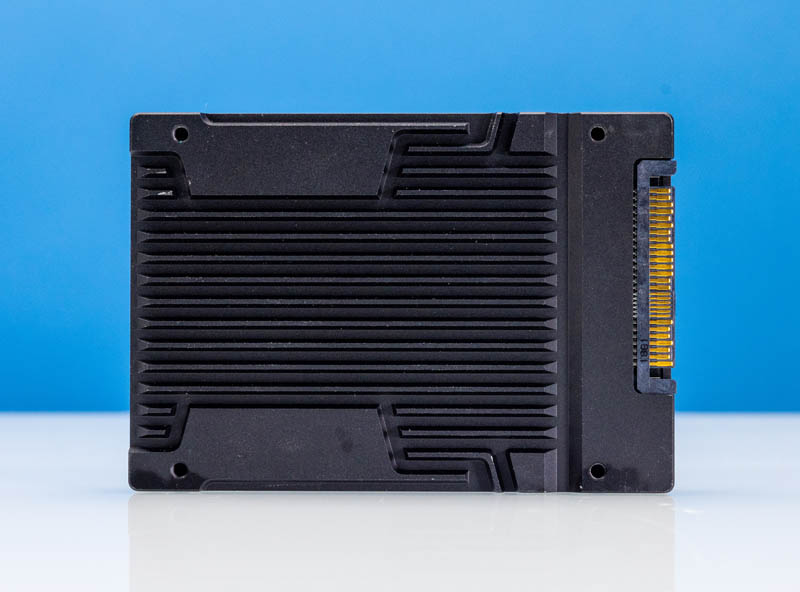
The drive itself is a familiar 2.5″ model. We also saw a diagnostic port on the front of the drive.
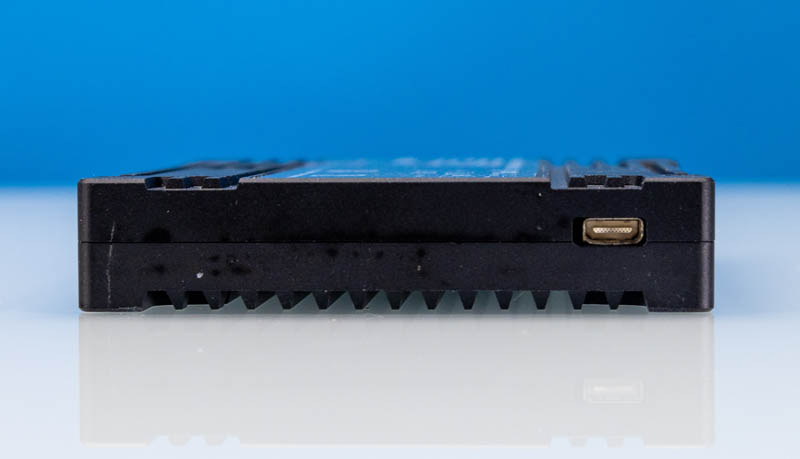
800GB in 2023 for a modern SSD is not a huge capacity when we showed off 30.72TB to 61.44TB SSDs briefly in a video this week. This is not meant for capacity. Instead, this is meant for heavy write-pressure applications, such as logging, some database functions, and so forth where consistent low-latency performance is required. Much of the industry has transitioned to larger TLC and QLC SSDs as data center SSD vendors target the hard drive market. DapuStor is doing something completely different.
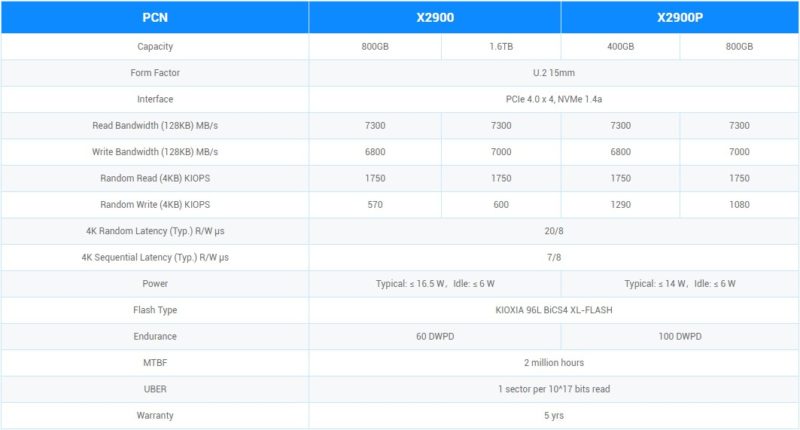
The drive we have here is the 800GB DapuStor X2900P. The “P” is the higher write endurance and higher performance version that has a lower capacity than the X2900 but is the more extreme drive.
While we have been talking less about NAND recently, it is notable here. While much of the capacity market has moved to 160 layer to 200+ layer NAND, this is still on 96-layer NAND. The base for this drive is the Kioxia XL-Flash memory. That is a SLC, or single level cell, NAND designed to drive performance.
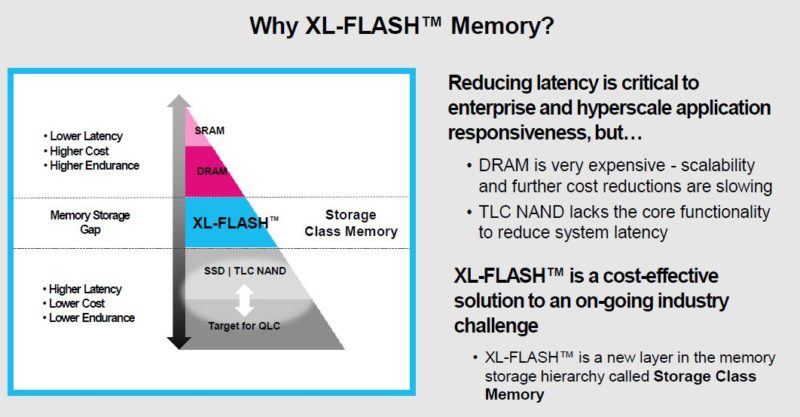
By storing one bit per cell, NAND is storing one-third to one-quarter (versus TLC and QLC) of the data of other common SSDs. While that decreases capacity, it is much easier to maintain and read/ write proper charge levels to NAND cells in SLC. As a result, we get higher endurance and higher performance, the two goals of the Xlenstor2.
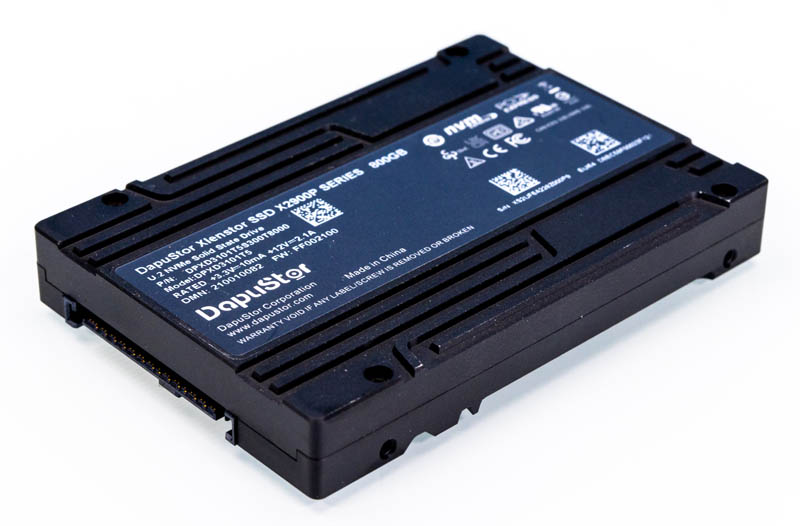
The net result is a very fast drive. We first saw Kioxia XL-FLASH and DapuStor SSDs at FMS 2022.
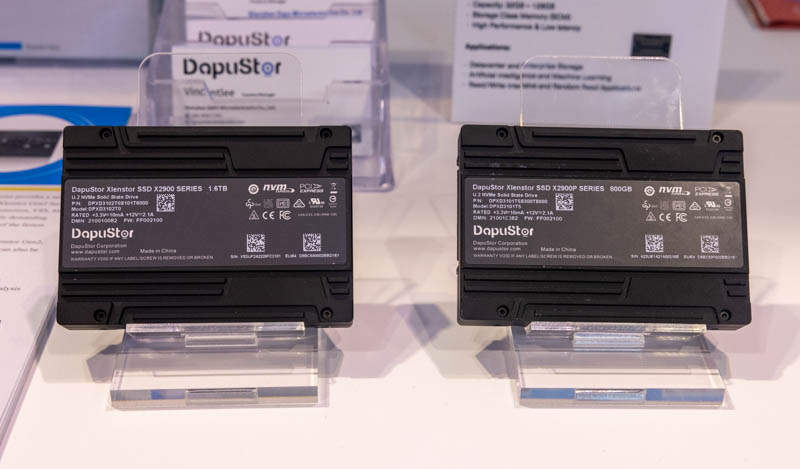
There the company was showing off a very fast and low-latency SSD.
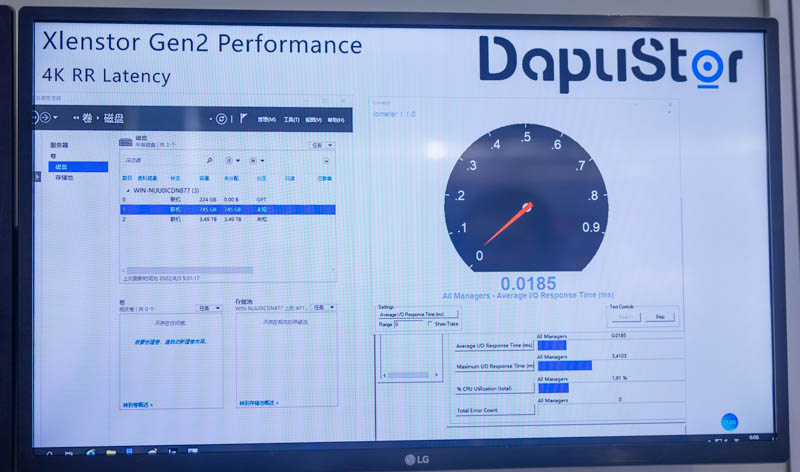
Now, we have had the chance to look at one in a hands-on review. Let us get to that next.

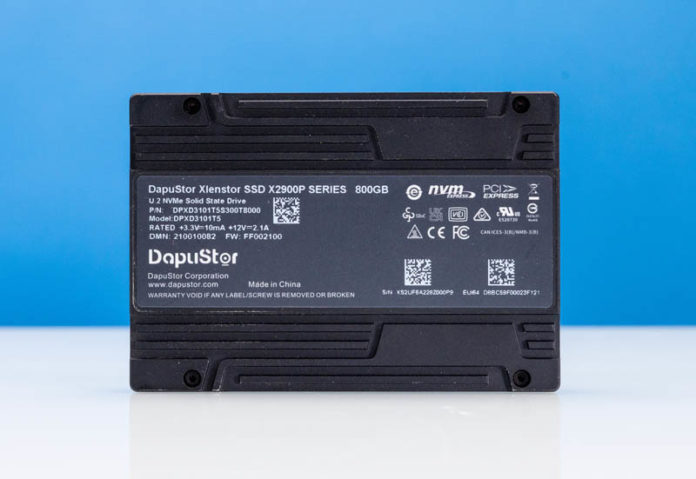



Wondering how much would these drives cost. Part of the reason that Optanes are rarely adopt ed is the cost. If these SLC drives could be much cheaper than Optane then the potential market could be larger.
I would assume that bar the R&D budget, the pure material cost would be around the same as a 3.2TB QLC drive, again, assuming that it uses 20% of the NAND area for over-provisioning, which is pretty common and thus contains around 1TB of flash memory.
Now, all of that is a lot of assumptions, but it also means that if we have the flash density to build 60TB QLC drives, then we should b e able to make these in sizes up to around 15TB, which is just speculation, but I don’t think it’s very far from the truth, it’s just that nobody really needs SLC drives that big.
gnattu
Intel Optane drive had plenty of sales – they are NOT for desktop PC – they should be living inside of an Array/SAN.
These are just 3.2TB drives with 75% used for endurance. In no way shape or form are these SLC drives even remotely comparable to Optane.
If you have to ask how much, it’s more than you can afford.
Did the “Truth Teller” even read the article? Yes this drive is still slower than Optane but 1. it is close enough especially in writing 2. there will be no more Optane drives. Optane drives are fantastic and I do have a couple of them in my arrays. Yes it had plenty of sales, but obviously the Optane’s sales does not make it to let intel keep this business. These days NANDs are just cheap and for most use case the optane’s cost cannot justify its advantage. The market is niche, the cost to keep optane around is high, and the customers are looking for cheaper alternatives. The fact is sad but this is what it is.
By the way, just speaking “it’s more than you can afford” is not a good way to answer a question about the pricing. 3.2TB SSDs are noting to special to afford and if its pricing is close to a 3.2TB SSD than its far less than “more than I can afford”.
I picked up a memblaze pblaze6 3.2tb for 200$ so this for under 500$ is not super farfetched.
What we see here is someone who puts optane on the throne biased into being unable for anything to knock it down a peg
I still want a SCM SSD but my only options haven’t been good. Optane is more or less gone, Kioxia’s hardly can be found either and with how close this is, it’s pretty much a P5800X